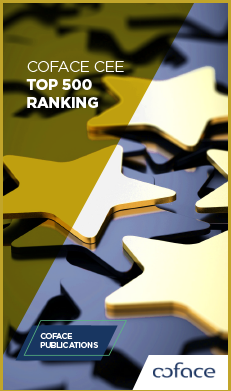Poland Payment Survey 2022

The sixth edition of Coface’s survey on payment experience in Poland was carried out in November and December 2021 with 331 companies participating in the study. At that time, Poland, as other countries, was still facing significant COVID-19 cases, with the ongoing official state of epidemic emergency in force. Nevertheless, restrictive measures were relatively soft and have not limited economic activity. GDP growth in Poland reached 5.7% in 2021, and should maintain its recovery pace in 2022, reaching 4.4% growth, according to the Coface forecast.
As a reminder, support measures introduced as a response to the pandemic’s impact had triggered the improvement of Polish businesses’ liquidity situation, i.e. shorter payment delays and a drop in asset liquidation insolvencies. Such a phenomenon was recorded in 2020. In line with the economic recovery, the government decided that there should be fewer support programmes. Consequently, this affected payment liquidity in 2021. Indeed, our study shows that Polish companies experienced average payment delays of 56.7 days, 9 days more than in our previous 2020 survey. As a result, average payment delays returned close to the pre-pandemic level in 2021, as they amounted to 57.2 days in 2019. In 2021, the ICT sector fared the best, with payment delays of “just” 40 days. The energy sector reported the biggest improvement in shortening delays (39 days shorter than the previous year). By contrast, the metals sector experienced the largest widening of payment delays, by almost 23 days. Construction and transport companies experienced the longest payment delays, at nearly 84 and 89 days, respectively. According to our survey, 11 of the 12 sectors anticipated that the amount of outstanding receivables would increase over the following months. This reflects an initiated process of return to normality, i.e. growing payment delays and then, as a consequence, gradually increasing business insolvencies. Although asset liquidation insolvencies dropped in both 2020 and 2021 (by 11.7% and 26.4%, respectively), official restructuration proceedings soared by 48% in 2021, while simplified proceedings - implemented to soften the impact of the pandemic on companies’ liquidity - tripled in 2021.
As companies have adapted to doing business while living with the pandemic, the latter ceased to be the biggest concern. Admittedly, businesses still assess it as a threat, but taxes and other fiscal burden have become a bigger obstacle for them.




